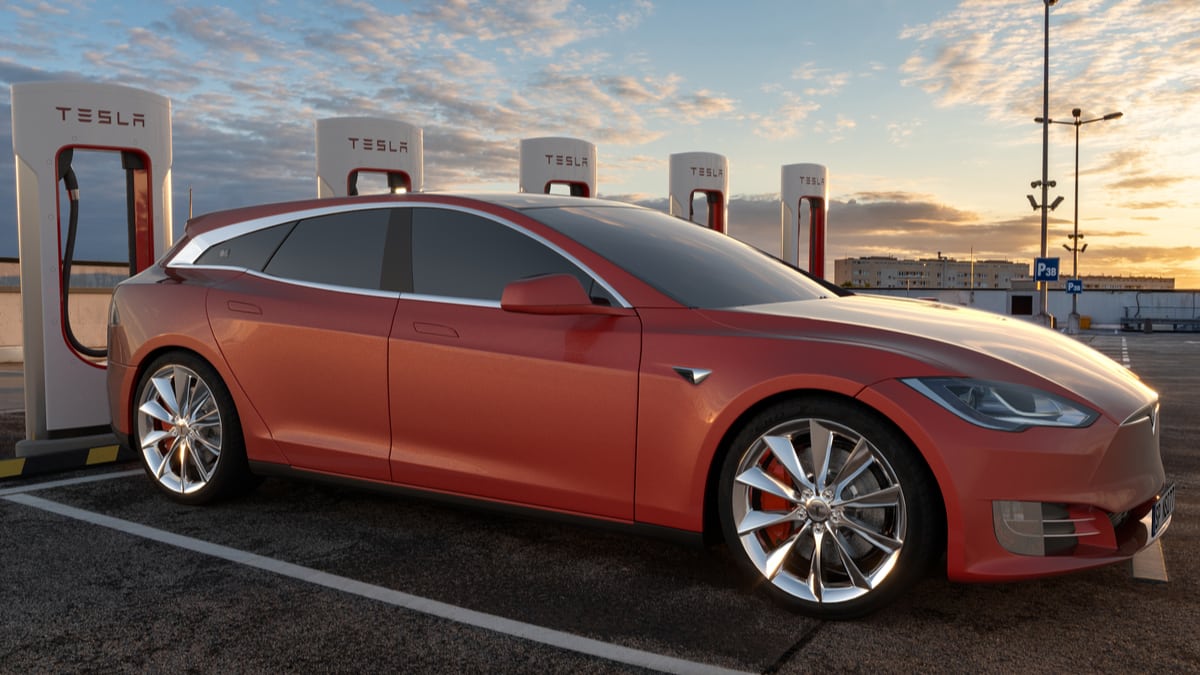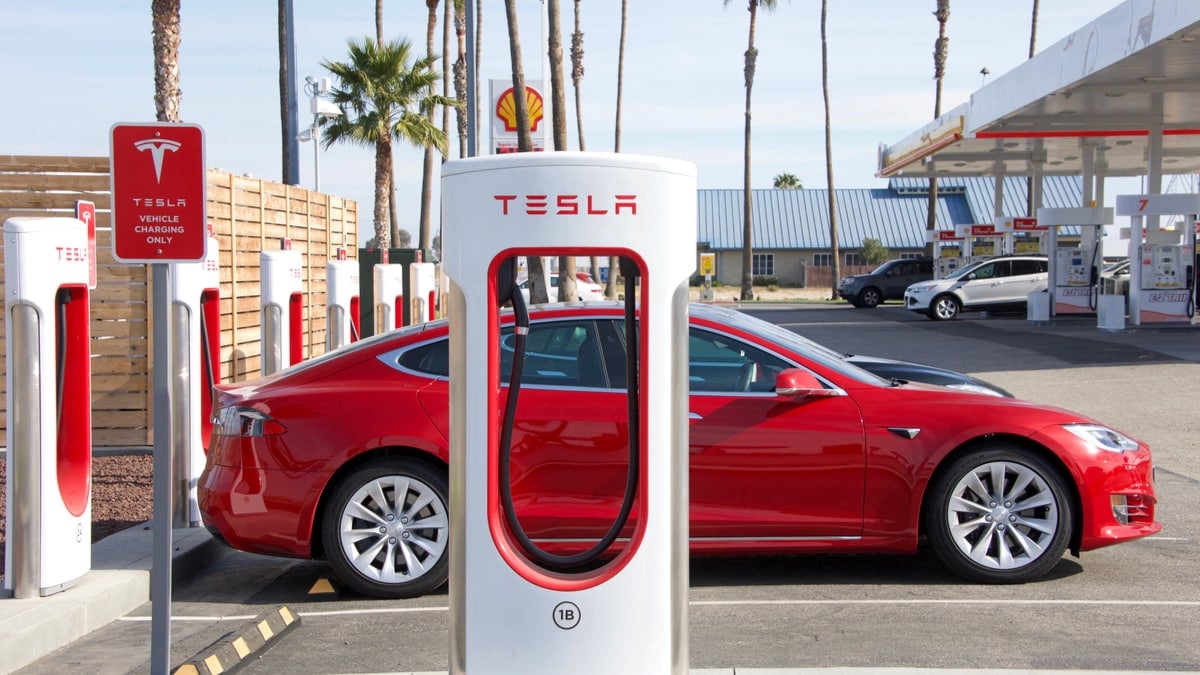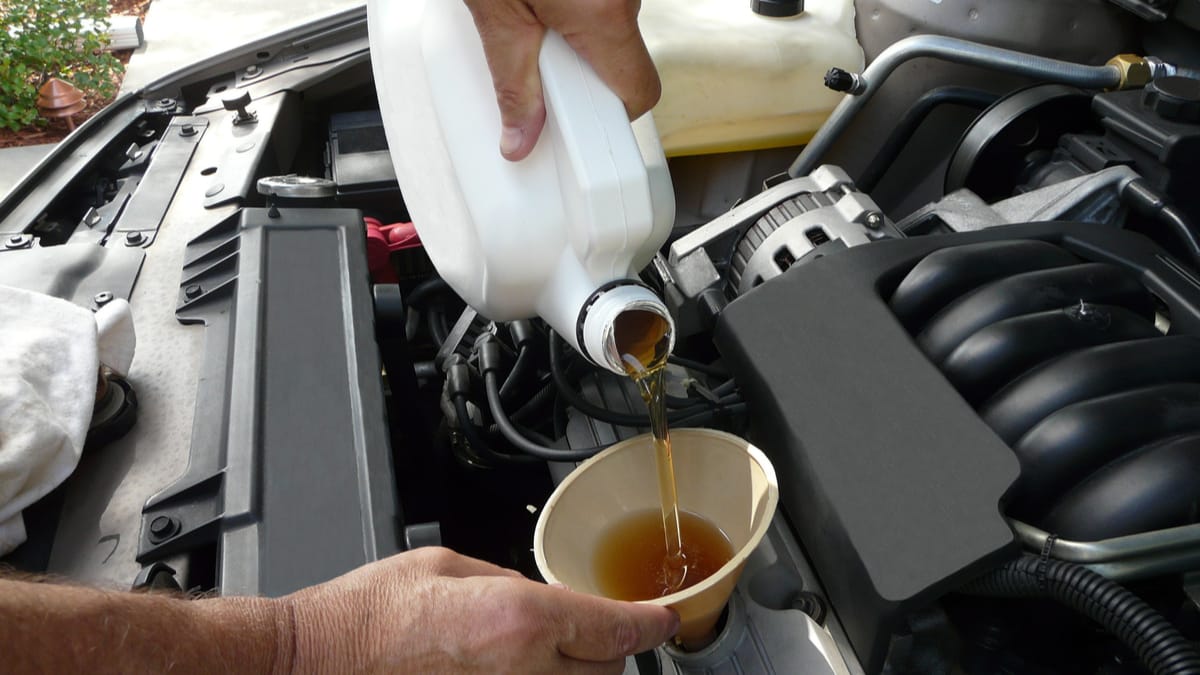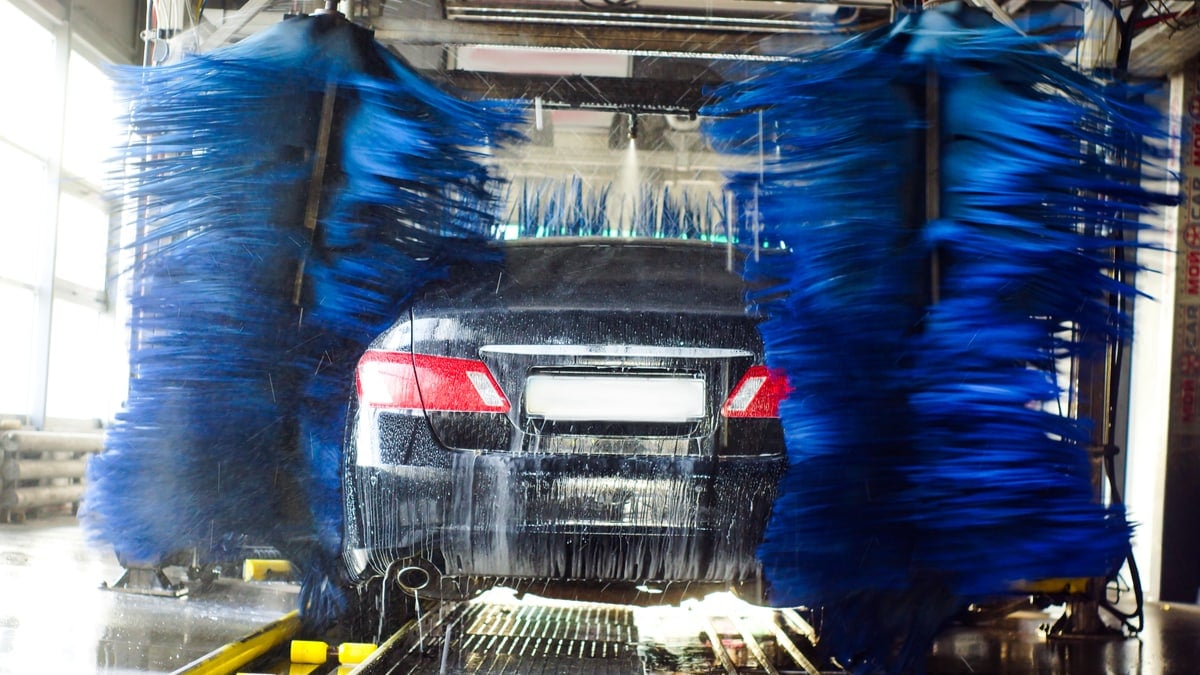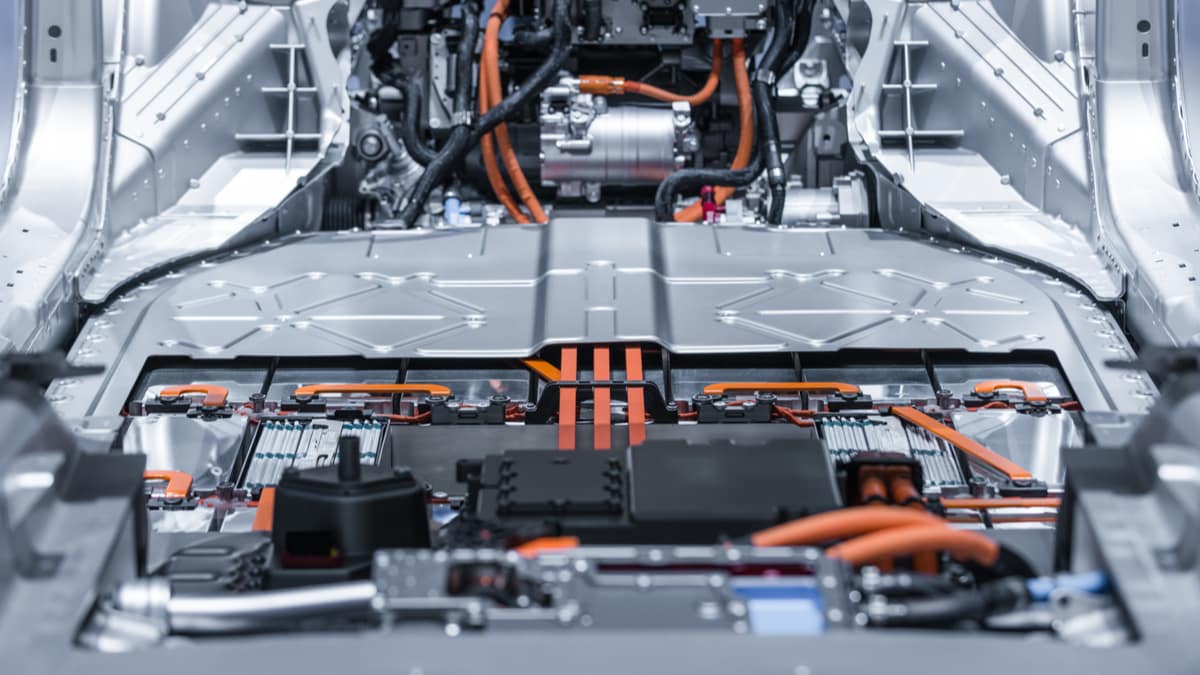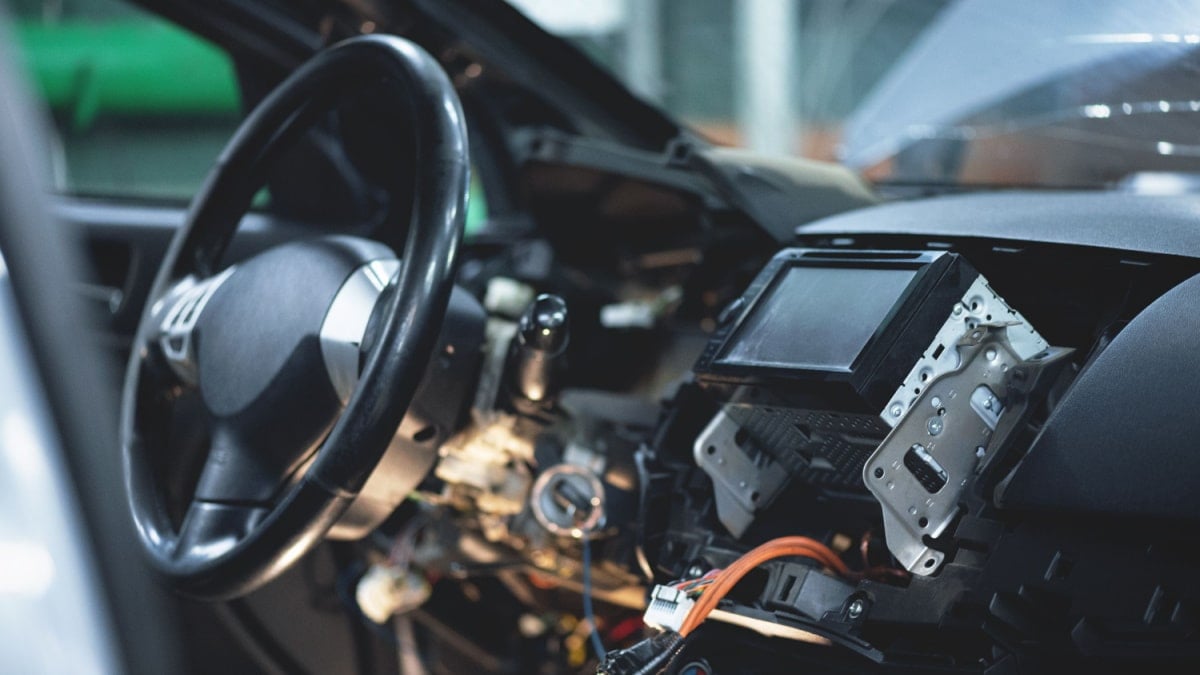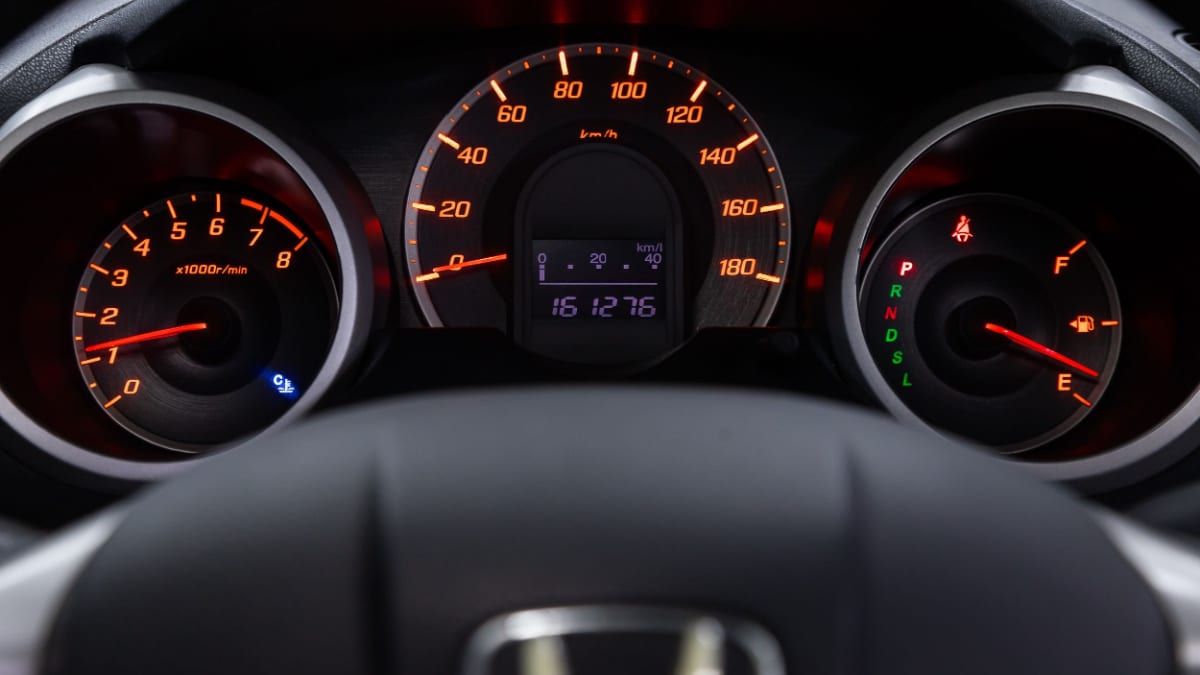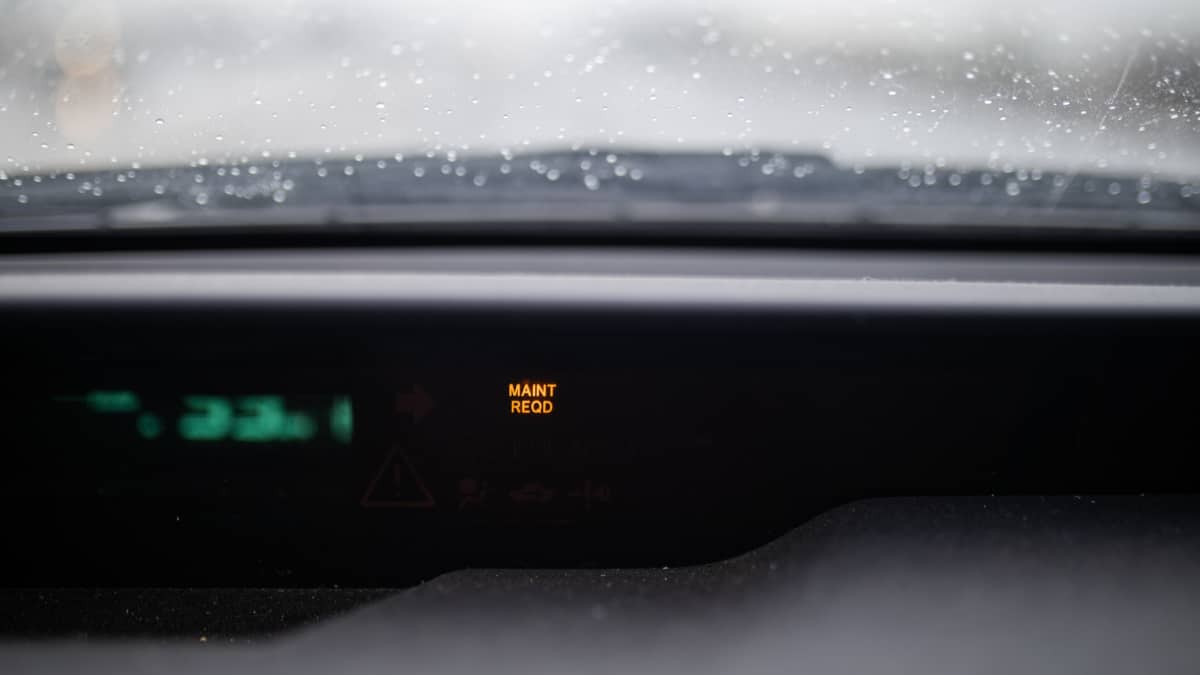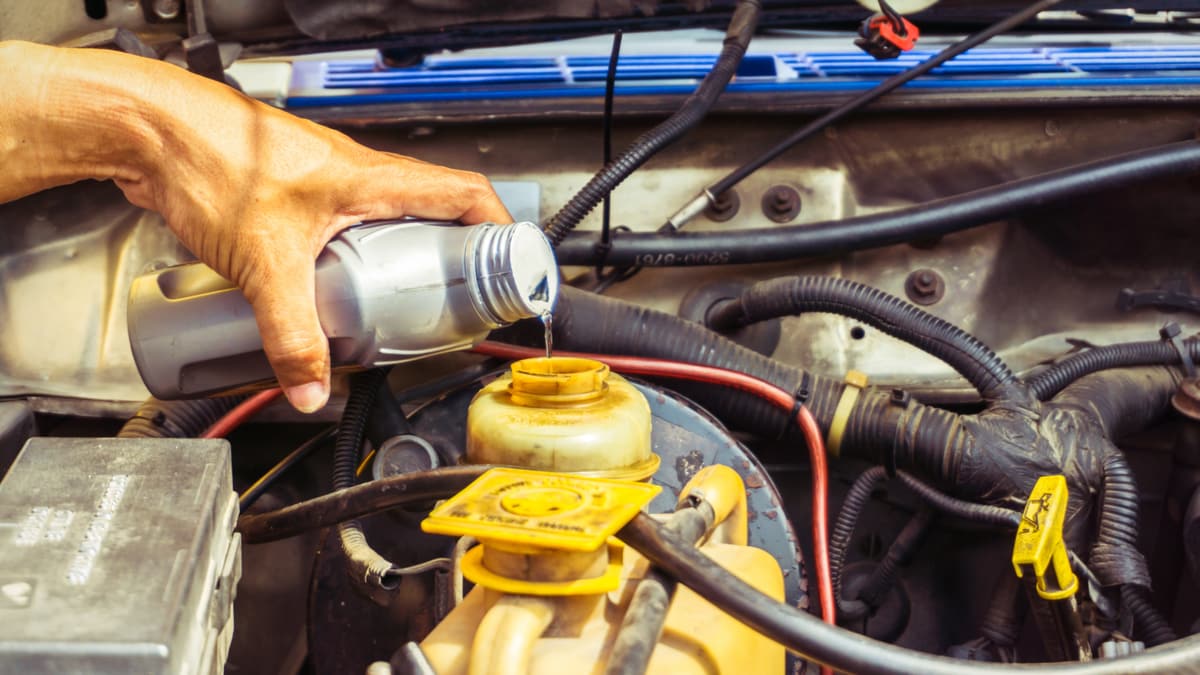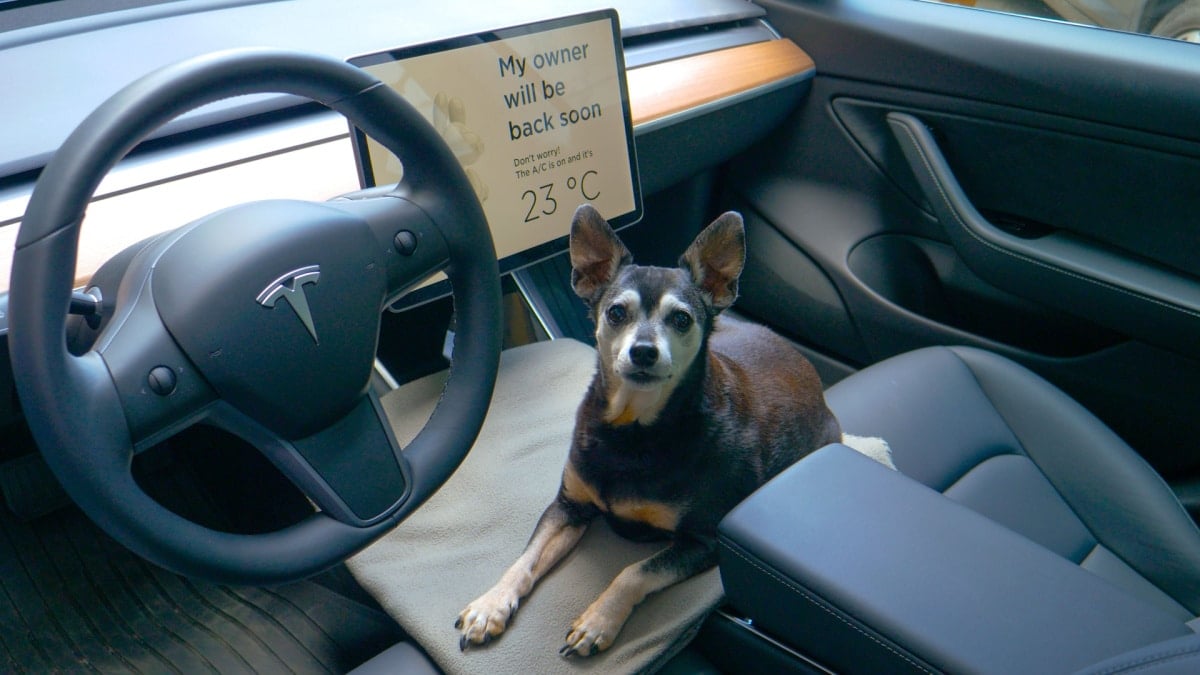Consumers are jumping ship from their gas-powered cars to EVs because of the reduced cost, especially when it comes to the price of fuel. However, is the maintenance with a Tesla more or less than the average gas car? What is the average Tesla maintenance cost?
Over a ten-year period, you might spend around $5,800 in maintenance costs for a Tesla car, which is well below average. Moreover, during the first year of ownership, the Tesla maintenance cost might only be $300 or less, especially if you can do it yourself.
What makes Tesla maintenance so cost-effective, and what can you expect to pay for? I evaluate the basics in this guide and outline a typical maintenance schedule for the Tesla lineup.
Why is Tesla Maintenance Cheaper?
With the internal combustion engine, there are a lot of moving parts to contend with. The EV has fewer moving parts, making them more reliable and also requiring less maintenance. There isn’t as much wear and tear on the parts, so there’s a lot less to worry about.
Even the basics become obsolete. For example, there’s no motor oil in an EV, so you don’t need to get regular changes. You don’t have to worry about failing gaskets either, or engine valves that can clog.
RELATED: The Hidden Costs of Owning an Electric Car
Recommended Tesla Maintenance Schedule
It’s important to check your owner’s manual to get the complete maintenance schedule for your Tesla vehicle. However, here are some guidelines that seem to be uniform across the board.
- Every 6,250 miles: Tire rotation (possible balance and wheel alignment, when needed)
- Every year: Full inspection
- Every year: Brake inspection (clean and lubricate calipers)
- Every 2 years: Cabin air filter replacement
- Every 2 years: Brake system flush
- Every 2-6 years (depending on model): Air conditioning service
- Every 3 years: HEPA (High-efficiency particulate air) filter replacement
If you can’t find the service schedule for your Tesla, it’s helpful to reach out to your local EV mechanic.
RELATED: How Long Does it Take to Charge a Tesla? (120v, 240v & 480v)
First Year Tesla Maintenance Costs
The cost of maintenance for your Tesla varies based on how old the vehicle is. However, if you look at the first year alone, you see that the costs aren’t that high, especially if you are able to do the work on your own.
Here’s an example of what you might spend during the first year if you take the Tesla to a professional mechanic.
- Tire rotation: $25-$100
- Inspection (including brake caliper lubrication): $75-$150
Considering how low this cost is, there’s no reason to prolong your regular maintenance appointment. If you do, you could be looking at much higher repair bills.
Does the Tesla Warranty Cover Maintenance?
Unless you purchase a special third-party maintenance plan, you aren’t going to get coverage for these appointments through the factory warranty. This isn’t unusual for Tesla, but rather is generally how all automakers deal with maintenance.
So, what does the Tesla warranty cover? It depends on what model you drive, but here’s a general breakdown.
- 4 years/50,000 miles: Basic vehicle limited warranty
- 5 years/60,000 miles: Supplemental restraint system (SRS)
- 8 years/100,000-150,000 miles: Battery and drive unit
- 12 years/Unlimited miles: Body rust protection
You can extend these warranties through a third-party, just as you would be able to with any car manufacturer. You can also add extra protection if you want a vehicle service plan. It’s important to carefully shop for these plans before making a decision, as not all warranty companies are worth the money.
RELATED: 11 Car Maintenance Tips (Extend the Life of Your Car)
Average Cost of Maintenance Compared with Other Brands
It’s difficult to compare the maintenance of a Tesla to that of regular automakers. The cost is far less, no matter which way you look at it. To prove that example, I will use a few of today’s most popular vehicles and show you how the maintenance costs look over a typical year.
- Tesla Model S: $100-$300
- Chevrolet Corvette: $600-$850
- Mercedes-Benz E350: $650-$900
- Audi A6: $750-$1,000
- BMW i8: $800-$1,100
- Porsche 911: $900-$1,200
These savings aren’t going to just extend through the first year. As all of these models get older, the maintenance costs only get higher.
Most Common Tesla Repairs
1. Tesla Model S
The Model S may be a popular model, but it’s riddled with some major issues. One of the most common repairs is for the defective transmission, with some owners replacing the entire system.
Because of poor manufacturing, there have also been customers that complain about a complete loss of power while driving. In some cases, the universal joints on the car’s driveshaft can fail, leaving you stranded. Furthermore, the door handles have received a number of complaints because they conduct heat. It can be nearly impossible to open the doors when it is hot outside.
2. Tesla Model 3
If you are looking for the lowest cost of repair per Tesla model, this is probably the best bet. It’s suffered from fewer problems, but there are still some things to discuss.
The most common seems to be the failure of the car’s touchscreen display. Plus, customers have found themselves locked out of their car because of the defective electronic lock system. There’s also been a loss of power, which is most concerning when it happens while driving. This problem usually comes from a bad high voltage controller that was installed.
3. Tesla Model X
The Model X really needs some more time in research and development before it heads down the road. There are many technologies that could have used some attention before being placed into the hands of owners. Most importantly, the autopilot system malfunctions or completely fails, which could put the occupants’ lives at risk.
Beyond that, there’s been a ghosting effect on the windshield, creating double vision for some drivers. This isn’t just disorienting, but it also hinders visibility.
If all of that wasn’t enough, the Model X also battles with a faulty steering system that creates more work for the driver. There have also been reports of the car accelerating on its own, but there’s no fix in sight to resolve this problem.
4. Tesla Model Y
The Model Y has suffered from a lower reliability score, but most of the issues come back to the system’s transmission, which relies on high-tech electric equipment. The company hasn’t been quick to fix the faults or redesign the system, either.
Additionally, frequent wheel alignments have caused some people to complain, along with tire pressure that seems to drop dramatically for no reason. There have been other complaints about the collision avoidance system malfunctioning, plus a broken seat belt system.
5. Tesla Roadster
When the Roadster first hit the road in 2008, there was an immediate recall because of serious safety issues. With the release of the 2023 Tesla Roadster, there haven’t been a lot of people that have driven the latest model, but complaints are flying in already.
Battery failures are already occurring, and there are issues with the tire pressure monitoring system. On top of that, people have talked about how noisy it is on the road and shown signs of water infiltrating the headlamps. If that’s not enough to deter you, consider looking into the brake failures and overheating issues.
Tags: Tesla
Categories: Electric Vehicles, Estimator

